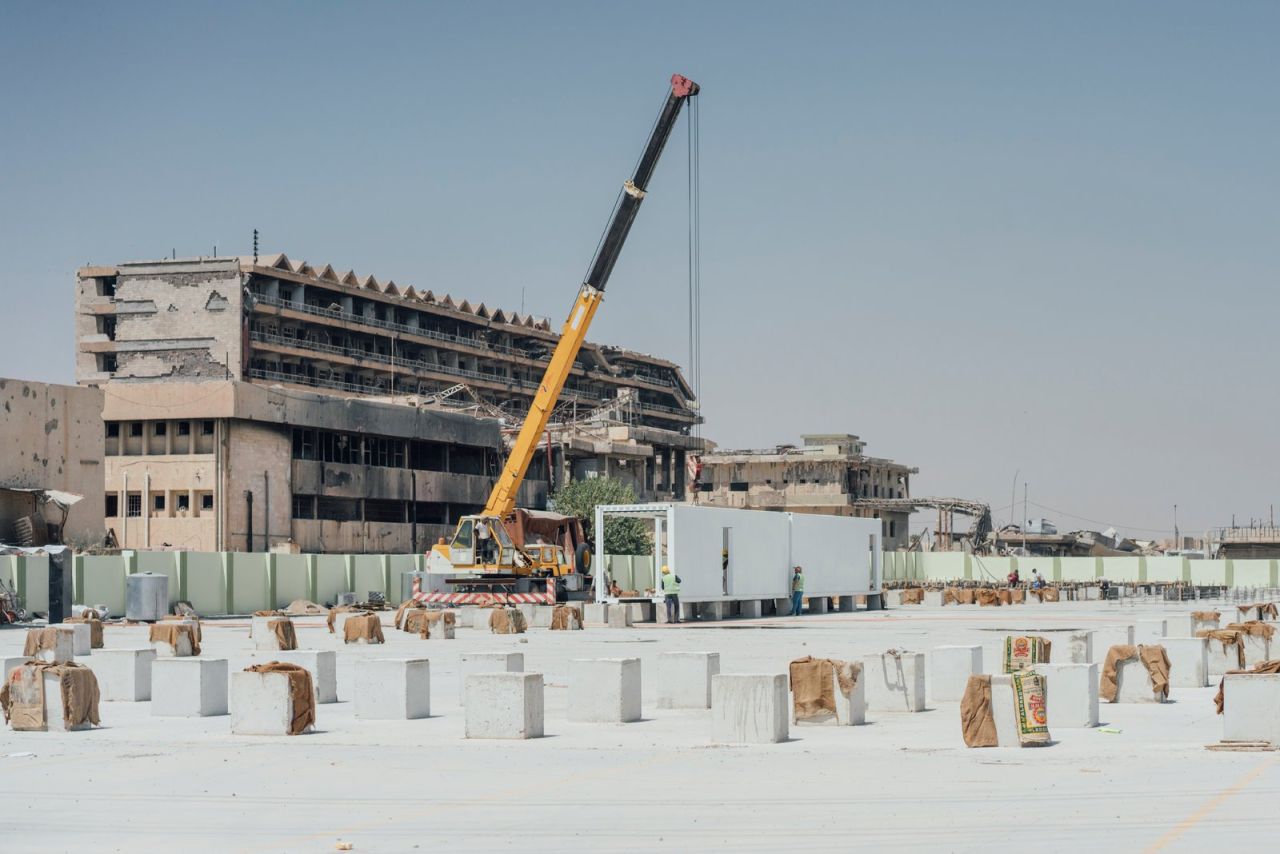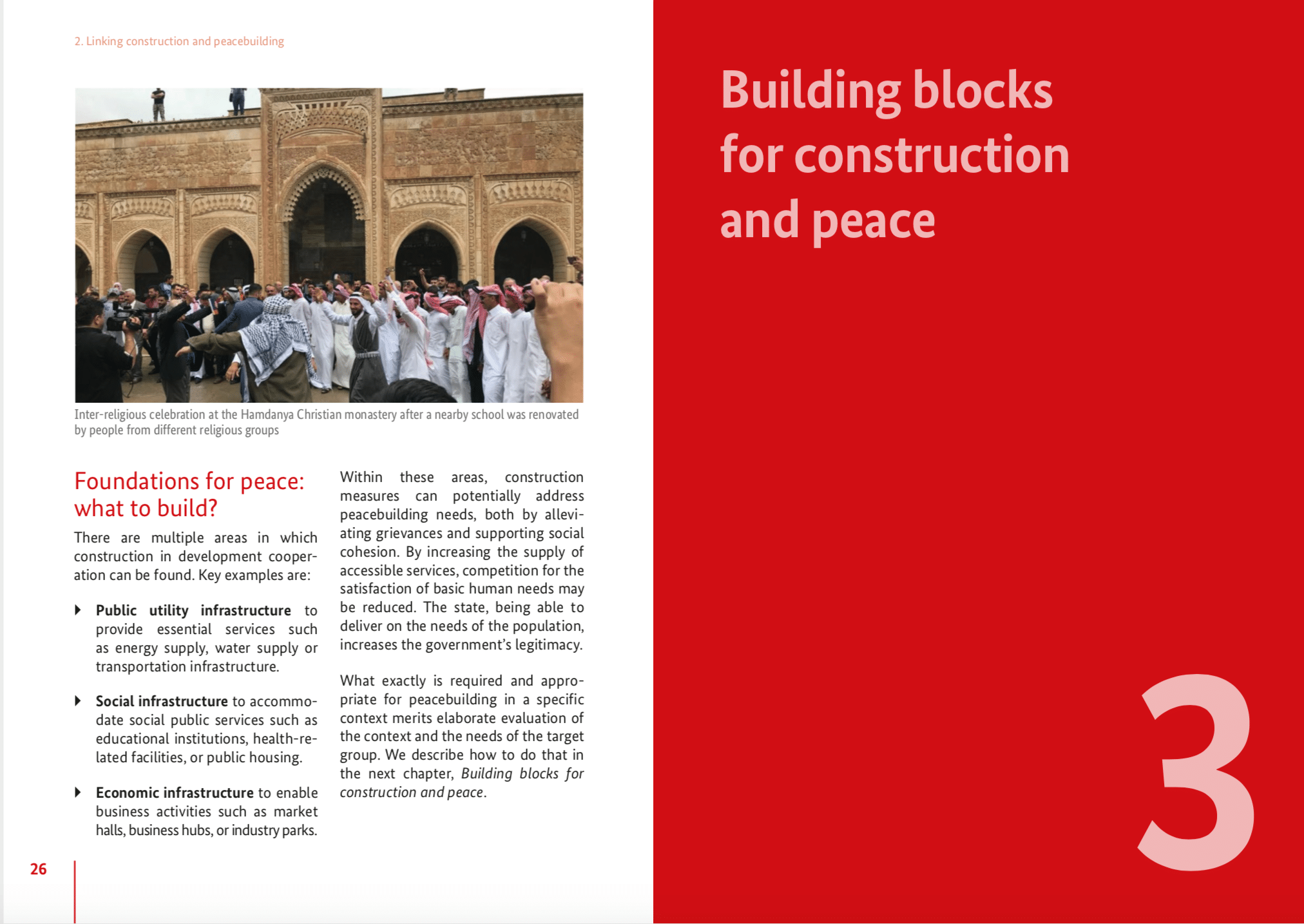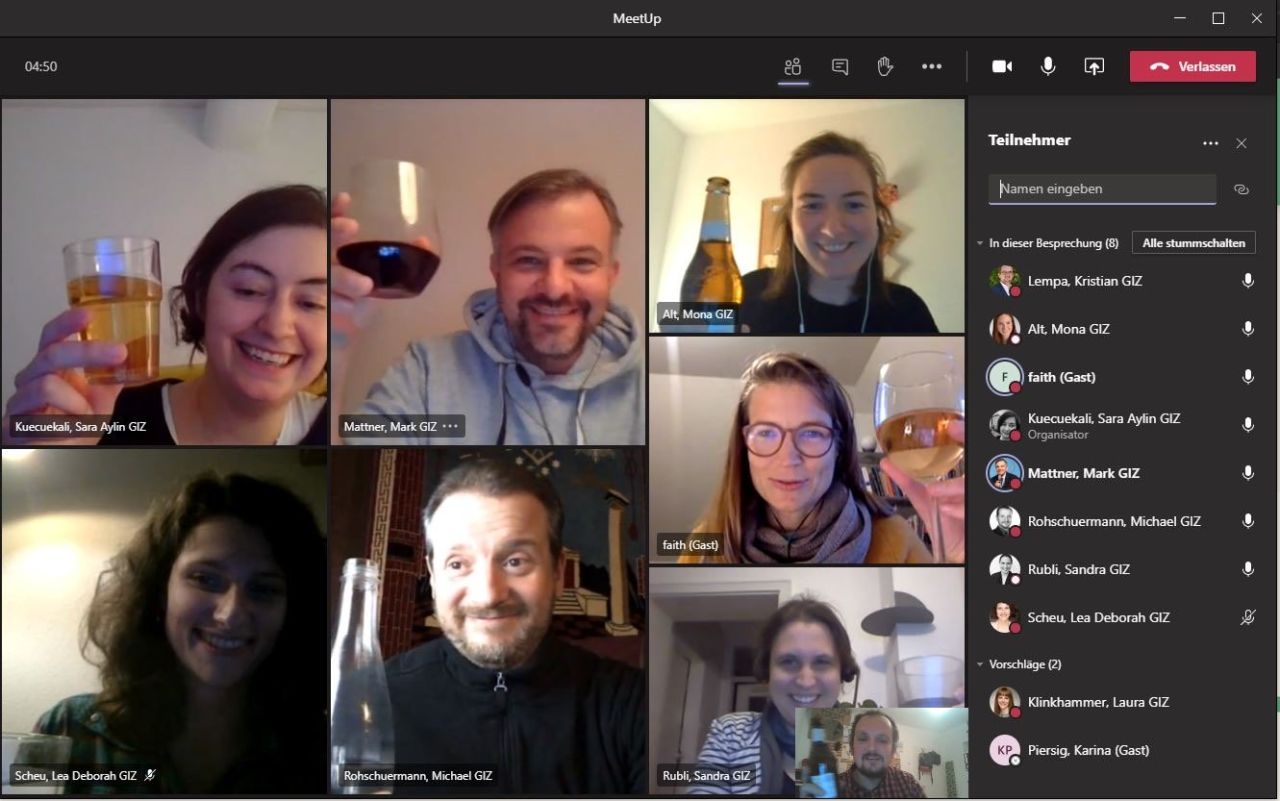Concrete Solutions: Construction and Peacebuilding with GIZ
Our team is happy to present the handbook, “Concrete Solutions: Construction and Peacebuilding”, the outcome of the virtual Book Sprint for the Deutsche Gesellschaft für Internationale Zusammenarbeit GmbH (GIZ). This is our second Book Sprint with GIZ and the first virtual one. The Book Sprint was originally intended to be held in-person in Berlin, but due to travel restrictions it happened online, and as a result, says GIZ, brought many more voices into the process. It hosted a number of experts from the arenas of Transitional Development Assistance, Construction and Peacebuilding, to exchange about GIZ’s development work in crisis contexts.
Addressing a complex topic
In fragile or conflict-prone contexts, peace has to be built and maintained over time. Especially in post-conflict scenarios, the tensions that created conflict in the first often linger, and the peace is delicate. These tensions typically stem from two core issues: competition for limited resources and lack of social cohesion. Development efforts that do not take these issues into account, for example, building a hospital which is only accessible to part of an already divided population, can end up doing more harm than good. On the other hand, projects that address these issues in their design can contribute to peacebuilding, GIZ argues. Construction projects can fulfil specific peace needs by ensuring equal access to public services and strengthening bonds between people and communities in a variety of ways such as the rehabilitation of public infrastructure and spaces for being together. In GIZ’s words:
“Infrastructure makes visible changes and contributes to peace beyond physical construction. A school as a solid physical structure providing a space that people then walk into and experience as a new but safe environment is a haptic reminder of change and hope.”

reconstruction of a hospital in Mosul, Iraq / photo credits: GIZ
The authors looked at the projects in which GIZ has attempted to link construction and peacebuilding, where capacity development and community involvement were prioritised, and drew lessons learned from these, analysing both their successes and failures.
Joining efforts for a much needed book
The Construction and Peacebuilding Book Sprint started off with about 17 members. They came together to define the audience (technical staff on the ground) and the scope of the book (focussing on how construction can support and promote peacebuilding in crisis contexts). In the end though, around 25 people had touched the text or contributed in some way, rendering it a real feat of collaboration.
Because the case studies were highlighted from the start as the most important part of the book, we prioritised them from Day 1. A group of writers who were not so closely involved in the projects, got together and decided on the key questions each study would answer about their activities and the context in which they were implemented:
- Background: Why are we here?
- What did we build and how is it connected?
- Outcomes: What has been achieved?
- Linking construction and peacebuilding: How did we get there?
- Monitoring and Evaluation: How do we measure impact?
- Challenges: How did we resolve them?
- Lessons learned: What was effective and what will we do differently in the future?
The country experts then, those who had worked most closely on the projects, with partners on the ground, took these questions a their guide for writing the chapters. They consulted with their partners and collaborators to provide inputs, photos and testimonials from the communities.
By Friday of the first week, we had 4 very different looking case studies of varying length and in multiple different voices. In the second week of the Sprint a much smaller editing group of seven people worked to harmonise the case studies, and refine the message of the framing chapters. See below the initial group and the final-stretch editorial team having a celebratory toast to close the Sprint.
The result “Concrete Solutions: Construction and Peacebuilding”, is a 108 page handbook, strikingly designed in GIZ’s signature red filled with lots of photos and voices from the field.

sneaky peak into the book design
Impressions from our copy editing team
Our editors Raewyn Whytle and Christine Davis share their thoughts on the book:
1. What’s the dust-jacket summary of this book, in your words?
“Concrete Solutions: Construction and Peacebuilding” is both an analysis of the struggles faced in post-conflict peacebuilding and a heart-warming reflection on the gains made by German Development Cooperation. Through thoughtful discussion and pertinent case studies in Afghanistan, Iraq, Nigeria, and Ukraine this book argues for the need to re-evaluate how development is undertaken in conflict-prone regions so as to best support long-term peacebuilding.
2. Who is it for?
The book was written for people within the GIZ network – stakeholders, partners, funders, and staff – so the language will largely be directly towards them. But, as someone outside of this network I found this text interesting, easy to follow, and moving.
3. What did you appreciate about the content and the writing?
I appreciated most the heart at the centre of the content; to see the immense impact they have on such a fundamental and vital level really reminded me of how important non-profit engagement is, and the efforts of good-natured people. In many ways this book is inspiring, especially in a year that has made it hard to connect and impact others.
4. What are some of the key learnings you took from the book?
The key message behind the GIZ book is that it is not enough to build for development sakes only, you also need to implement peacebuilding engagement strategies and trainings. In essence this is the biggest learning I took from the book. Too many of our social strategies are designed around the idea of a structural only approach instead of a long-term, adaptive, learning approach tied the structural approach. For example, building a domestic violence shelter will not eliminate GBV unless there are long-term GBV trainings with both men and women.
5. How was it for you to edit the text?
The editing process of any book is always tied to the writing process and in this case it was pleasant, cooperative, and adaptive because the writers themselves were easy to work with and quickly worked through our feedback and responded with their own queries and alternatives. Editing to correct the text is good, but editing that works with writers to shape the text so it fully reflects everything the writer thinks and feels is great and this is where the GIZ project ended up. For this I am grateful.
A successful experience

Virtually toasting the successful completion of the Book Sprint!
We received great feedback on our facilitation and production from the participants, especially from organiser Kristian Lempa, Head of Section Transitional Development Assistance at GIZ:
It is great to be part of this amazing process! Thanks Faith Bosworth for guiding this huge group so efficiently!
We at Book sprints look forward to see the book out there and get updates on its development.
